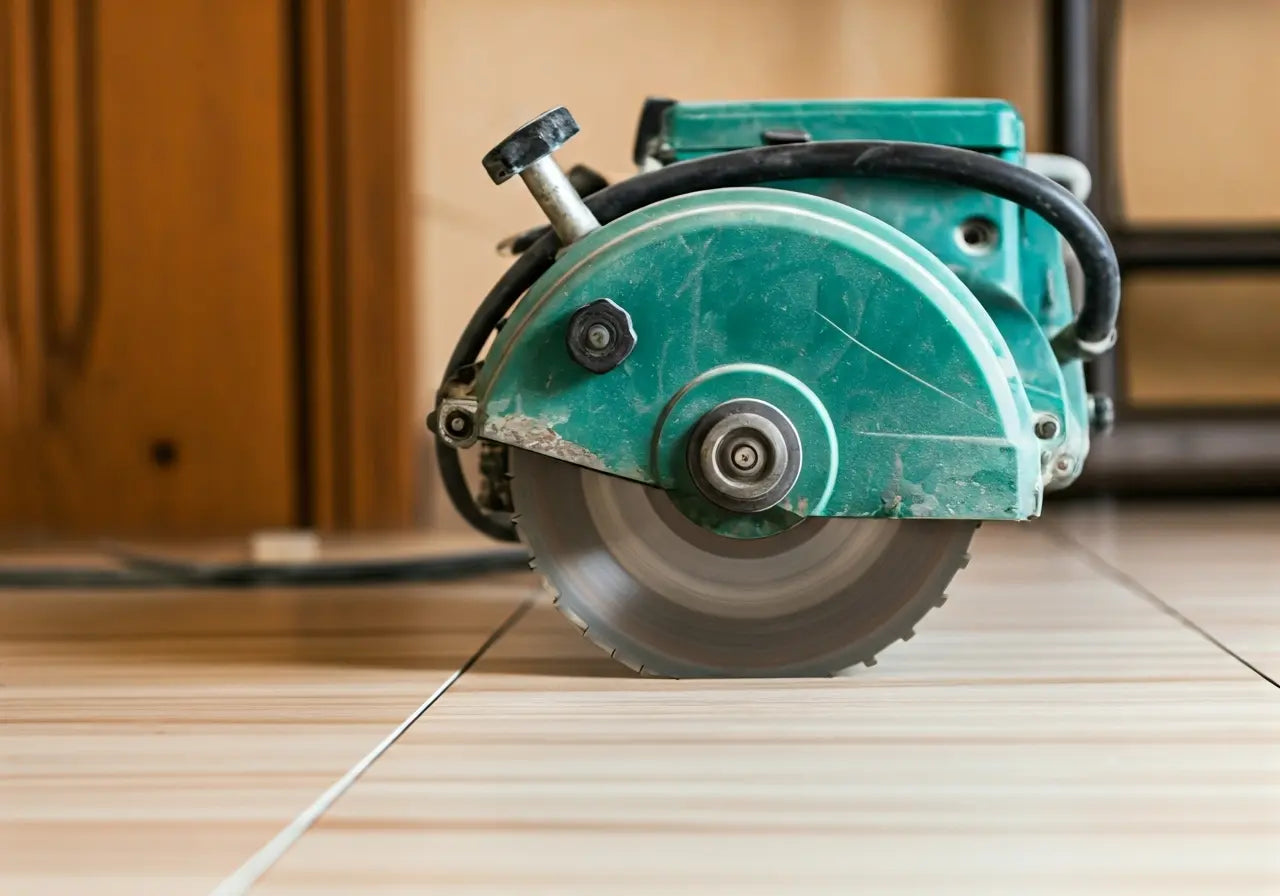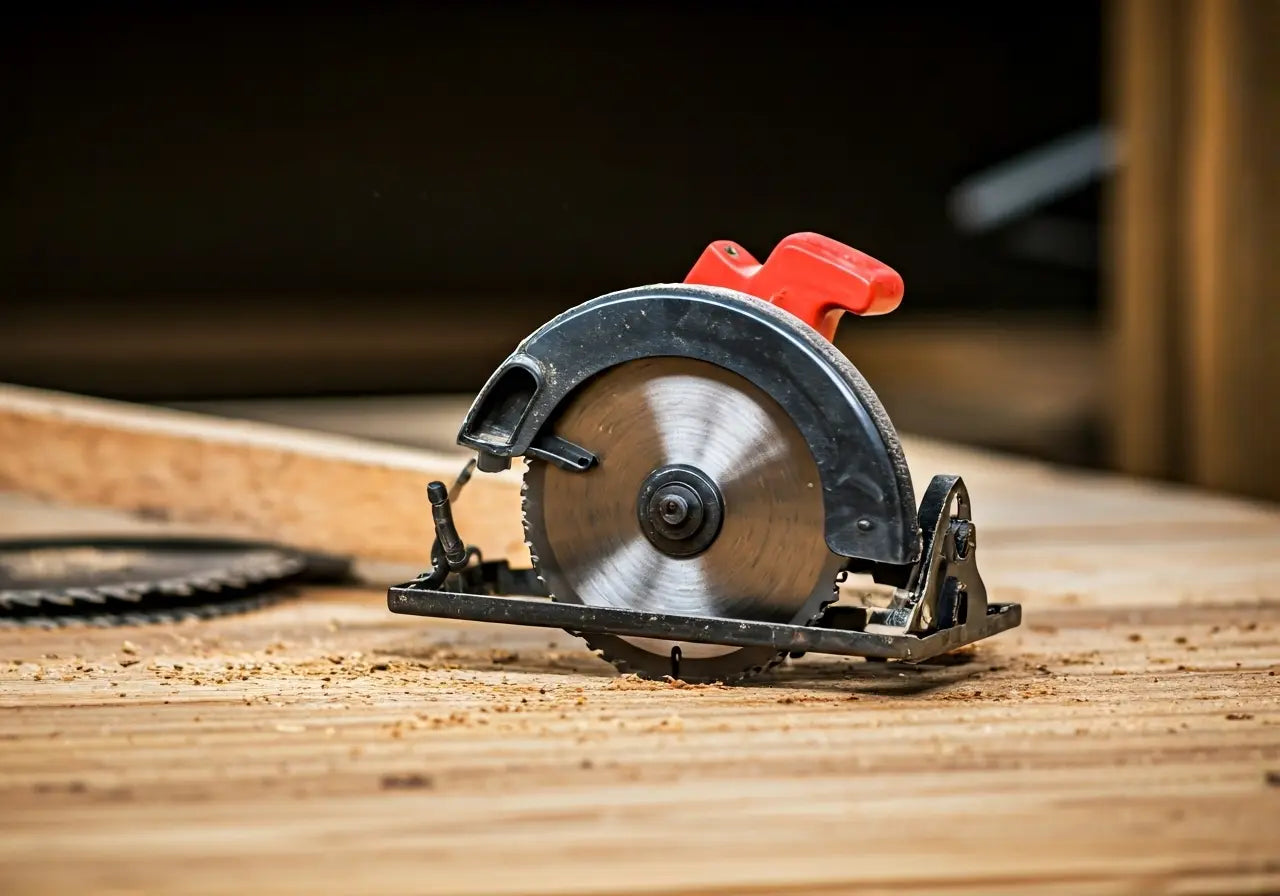Navigating the world of work boots can be a daunting task, especially when you’re working in environments that demand both comfort and safety. Dust-free workspaces present their unique challenges, requiring footwear that not only meets safety regulations but also keeps the conditions within the workspace top-notch. In this guide, we’ll explore how to choose the perfect pair of work boots for dust-free settings.
Understanding the Importance of Proper Work Boots
Work boots are more than just a part of the dress code in dust-free environments; they are crucial for maintaining safety and hygiene standards. The right pair can significantly reduce the risk of accidents and contamination. In dust-sensitive areas, even a small breach in protocol can lead to a significant compromise in cleanliness, which can affect product quality and safety. Well-chosen work boots, therefore, act as a shield against these potential hazards, providing a barrier between the worker and the workspace’s delicate environment.
Aside from their protective capabilities, work boots are designed to provide comfort over long working hours. This is important because discomfort can lead to fatigue, reducing employee focus and increasing the risk of mistakes. Good quality boots ensure that workers remain comfortable and ready to tackle their tasks effectively, without the added distraction of sore feet or discomfort. Just like equipment needs periodic maintenance to function properly, our bodies require the right support to perform efficiently in demanding conditions.
Key Features to Look for in Work Boots
When searching for work boots suitable for a dust-free environment, focus on features such as slip resistance, comfort, breathability, and ease of cleaning. These features ensure safety without compromising the cleanliness of your workspace. Slip-resistant soles are particularly crucial in environments where liquids may be present, reducing the risk of falls. Comfort features such as cushioned soles and arch support make long hours more manageable. Breathability reduces moisture build-up, which can lead to odor and discomfort, while ease of cleaning ensures that the boots can be quickly sanitized, maintaining hygiene standards.
Additionally, consider work boots with anti-static properties to prevent electrostatic discharge, which can be a significant concern in environments with sensitive electronic equipment. Also, look for boots with replaceable components like insoles, allowing you to extend their lifespan with minimal cost. It’s important to remember that investing in quality work boots is not just about compliance with safety standards; it’s also about enhancing the overall productivity of your workspace. With the right pair, workers can concentrate on their tasks instead of worrying about their footing or comfort, which translates into higher efficiency and effectiveness.
The Role of Materials in Boot Selection
Selecting the right materials is essential. Leather and synthetic options offer different benefits, from durability and water resistance to weight and flexibility. Understanding the material can help you make an informed choice that suits your specific work conditions. Leather, known for its durability and natural breathability, is ideal for long-lasting comfort and protection, especially in physically demanding roles where movement is constant. Meanwhile, synthetic materials such as nylon or microfiber provide lightweight alternatives, often water-resistant or waterproof, and can offer enhanced flexibility without compromising on protective features like toe caps.
The choice between different materials should also consider maintenance requirements and the specific environmental challenges of your workspace. Leather boots, despite being durable, may require regular conditioning to maintain their flexibility and prevent cracking, especially in dry or dusty environments. Synthetics, on the other hand, often need less routine upkeep but might not offer the same degree of breathability as leather. The workplace setting, whether wet, dry, or exposure to harsh chemicals, should be a guiding factor in your choice of boot material. Opting for materials that naturally align with the demands of your workplace not only enhances safety but also prolongs the boot’s lifespan.
Meeting Safety Standards and Certifications
Ensuring that your work boots meet the required safety standards is non-negotiable. This section covers common certifications and what they mean, helping you select boots that provide the necessary level of protection. Look for labels such as ASTM or ANSI, which signify that the boots have been tested and meet strict safety standards. These certifications cover a range of safety features, from impact and compression resistance to electrical hazard protection. The appropriate safety standards can vary depending on your specific industry, so it’s crucial to identify the certifications that correspond to your workplace’s unique needs.
For environments with additional safety concerns, such as construction or manufacturing, you may need boots with puncture-resistant midsoles or metatarsal guards, which provide extra protection against falling objects. Also, consider boots with a safety toe, made from steel, composite, or aluminum, to prevent injuries from heavy impacts or compression. These features, when aligned with the relevant safety certifications, ensure that you are providing not just comfort but also a safe working environment. Thorough knowledge of these standards and certifications empowers you to make well-informed choices, reducing the risk of workplace accidents and creating a safer, more productive workspace.
Tips for Maintaining Your Work Boots in Pristine Condition
Proper care extends the life of your work boots and keeps them looking new. Learn how to clean and store them properly to maintain their functionality and appearance, ensuring they stay dust-free and efficient. Regular cleaning after use, especially if exposed to dust or contaminants, prevents accumulated dirt from weakening the material. For leather boots, applying conditioning treatments helps maintain flexibility and prevent cracks. For synthetic boots, a simple wipe-down with a damp cloth can eliminate dirt and debris effectively.
Storing boots correctly is equally important. After cleaning, allow them to air dry naturally, avoiding direct heat sources which can warp materials. Place them in a well-ventilated area to prevent unpleasant odors. Using shoe trees can help maintain shape while also absorbing moisture from the interior. Rotating between pairs if possible can also extend the life of your boots, as it allows each pair time to air out fully between uses. Consistent maintenance not only prolongs the life of your footwear but also ensures that every time you step into your workspace, your boots are ready to provide optimal comfort and protection.
The Perfect Work Boots for Clean and Safe Environments
Selecting the right work boots for a dust-free workspace involves balancing comfort, durability, and appropriate safety features. By taking into account the materials, safety standards, and maintenance tips, you can ensure your footwear contributes to a cleaner and safer working environment. Remember, the perfect pair of boots is not just an investment in your comfort, but also in your safety and efficiency on the job.






اترك تعليقًا
This site is protected by hCaptcha and the hCaptcha Privacy Policy and Terms of Service apply.